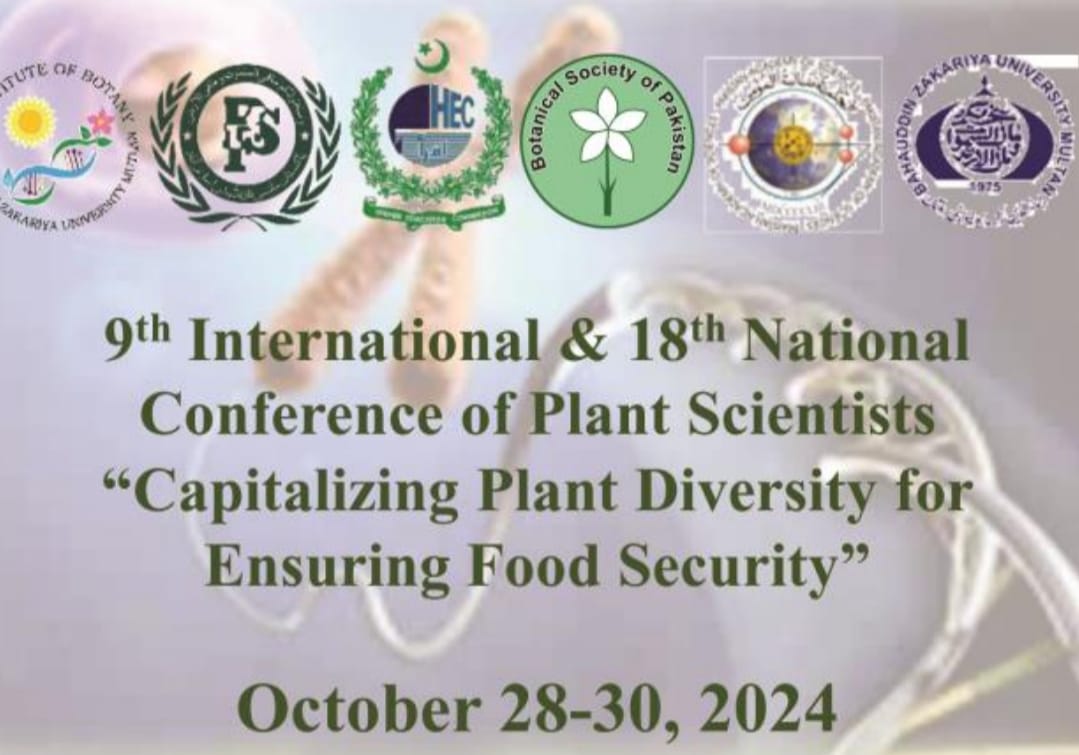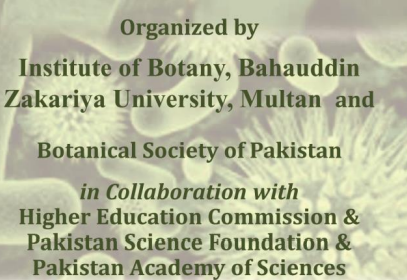-
-
-
-
-
-
-
-
-
-
Bo-Chuan Yuan, Rui Yang, Yong-Sheng Ma, Shan Zhou, Wen-Dong Li and Ying Liu
Enhancing glycyrrhizic acid accumulation by root-specifically over-expressing 3-hydroxy-3-methylglutary coa reductase (HMGR), squalene synthase1 (SQS1), and β-amyrin synthase (β-AS) genes in Glycyrrhiza uralensis
Download PDF
-
-
-
-
-
-
-
-
-
-
-
-
Zhihong Yao, Abdul Majeed Baloch, Zhihua Liu, Tongtong Zhai, Chuanying Jiang, Zhaoying Liu and Rongshu Zhang
Cloning and characterization of an aux/iaa gene in Populus davidiana × P. alba var. Pyramidalis and the correlation between its time-course expression and the levels of indole-3-acetic in s
Download PDF
-
-
-
-
-
-
-
-
-
-
-
-
-
-
-
-
-
-
-
-
-
-
-
-
-
-
-
-
-
-


